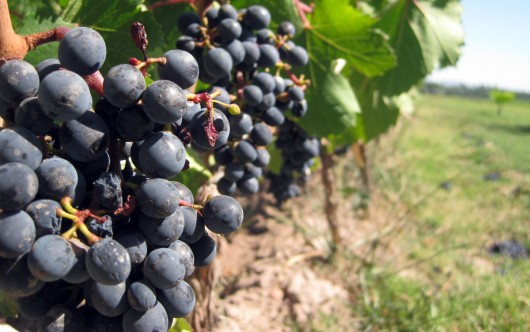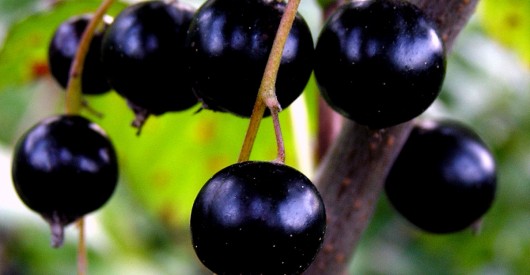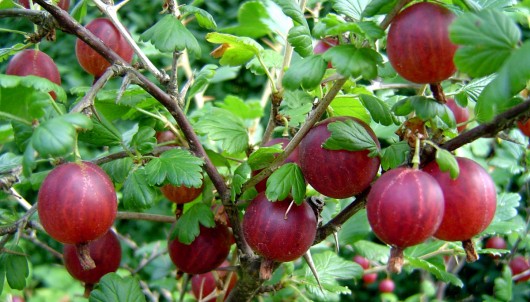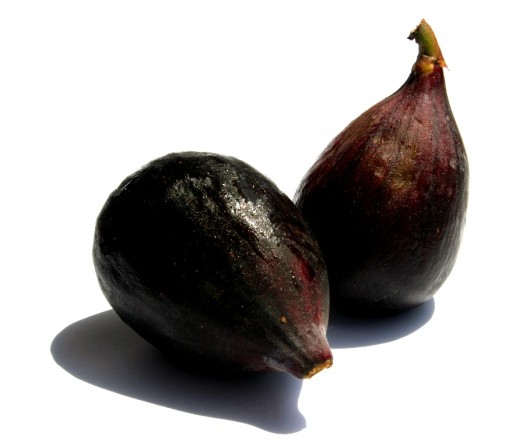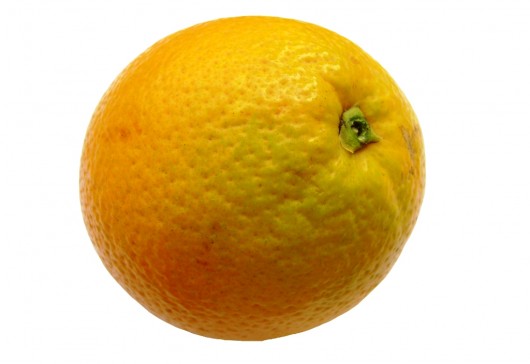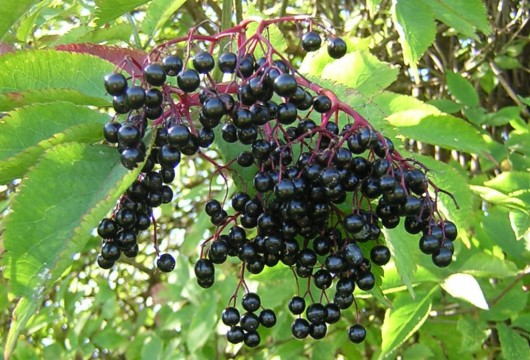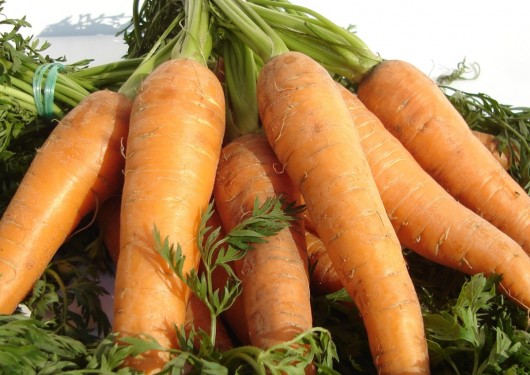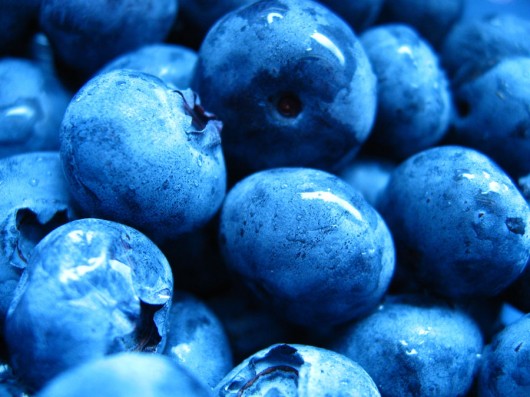Watermelon can pose a special challenge to a juicer because of the rind and seeds. To avoid this problem, you can choose a seedless watermelon variety and do a little prep-work to remove most of the rind before juicing. If your juicer can handle it, the watermelon rind is actually full of nutrients and can provide an extra dimension to your juice.
What Are the Best Watermelons for Juicing?
Watermelons are available year-round in most areas, but grocery stores usually stock them in the highest quantities during the summer months. In July and August, Watermelon is easy to find on sale, making even large quantities very affordable.
Seedless varieties are the best choice for juicing, but many juicers are able to work with whole seeded fruits very easily. Be sure to check your machine to see if there are any limitations to seeds or rinds before juicing your product.
Watermelon varieties vary in size from small five-pound melons to massive fruits of 30 pounds or more. Depending on how much juice you want, you may want to buy a smaller melon; watermelon doesn’t keep very well once it’s been cut as the flesh will dry out and become grainy fairly quickly.
Small seedless melons include Extazy, Mickylee and Pixie. Other popular varieties for juicing include the Starbrite and Sweet Favorite. Any watermelon in the market will be good for juicing, however, so pick whatever looks freshest.
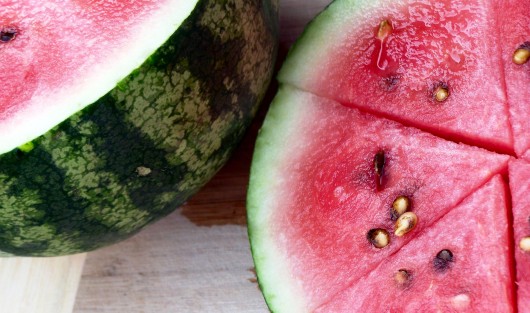
How to Choose a Watermelon at the Market
The process of choosing a watermelon for juicing is very similar to choosing one for eating. Once you get the hang of it, picking the best watermelon variety is very easy.
Most grocery stores provide whole watermelons as well as pre-cut slices. Whole melons are the best for juicing. They have a better texture and are often sweeter and fresher-tasting than melons that have been already prepared. If you do opt for sliced melon, be sure to choose one with dark-colored flesh and no white streaking.
The best watermelons for juicing will have firm, unblemished skin that is neither too dull nor too shiny. It should feel heavy for its size and if you tap on it, it will sound slightly hollow. Watermelons that are not fully ripe will have a duller response to being tapped.
Fresh watermelon should also have one side that is paler in color to the others. This area may be cream, yellow or pale green. This is the part of the fruit that touched the ground while ripening, and shows that the watermelon was allowed to mature on the vine before picking. Watermelons without this will not be as sweet as those that ripened on the vine and will not produce as much juice.
